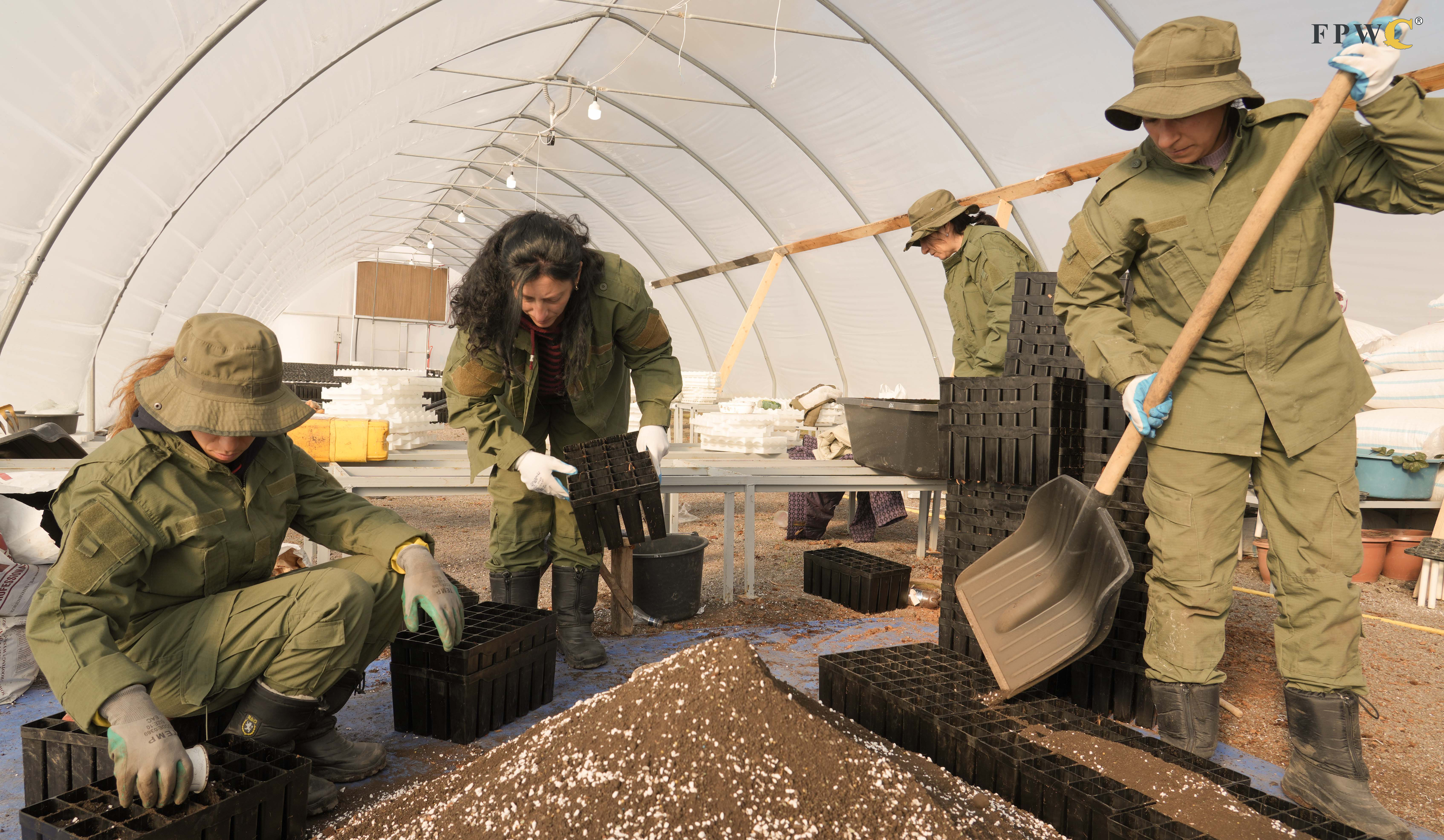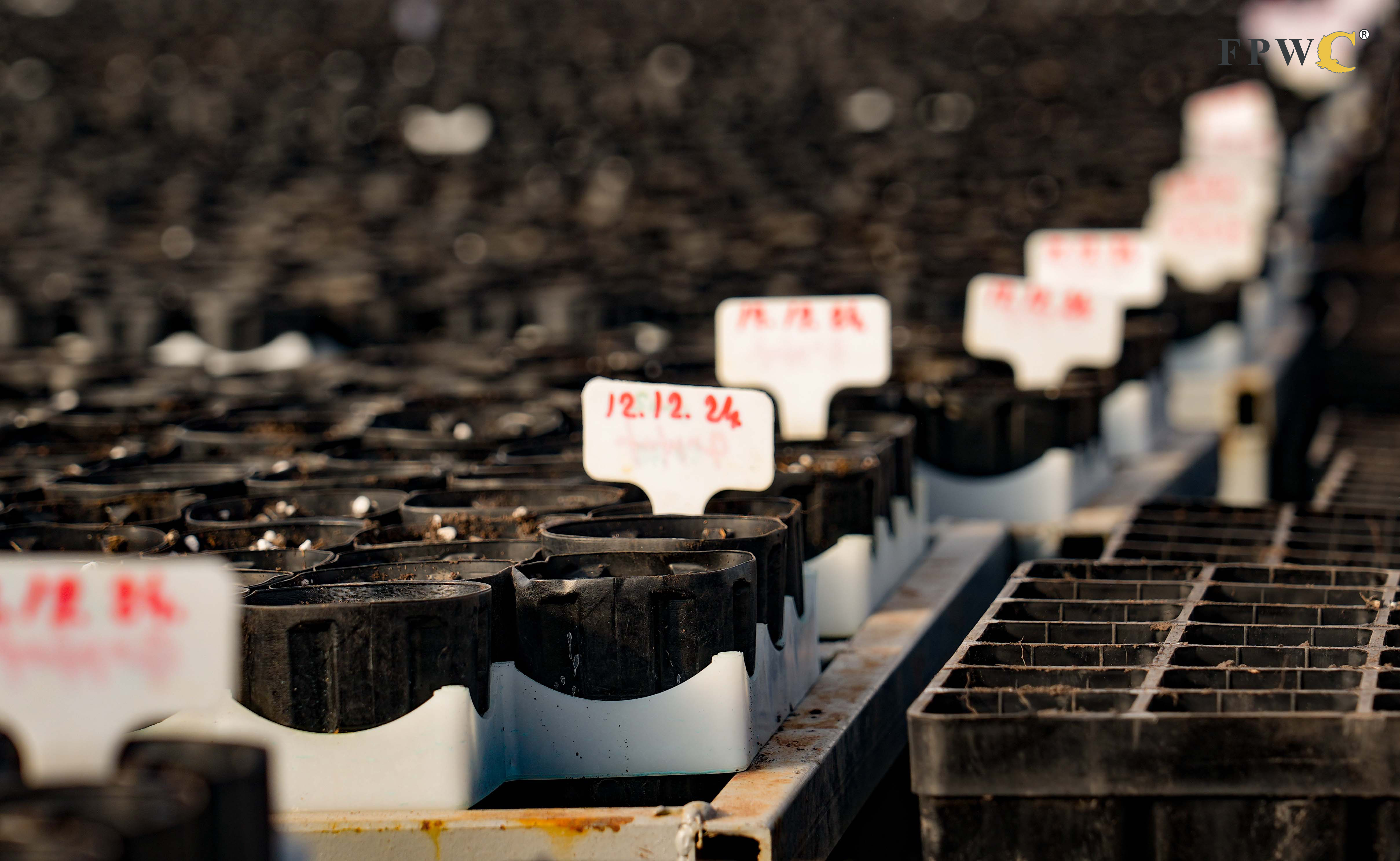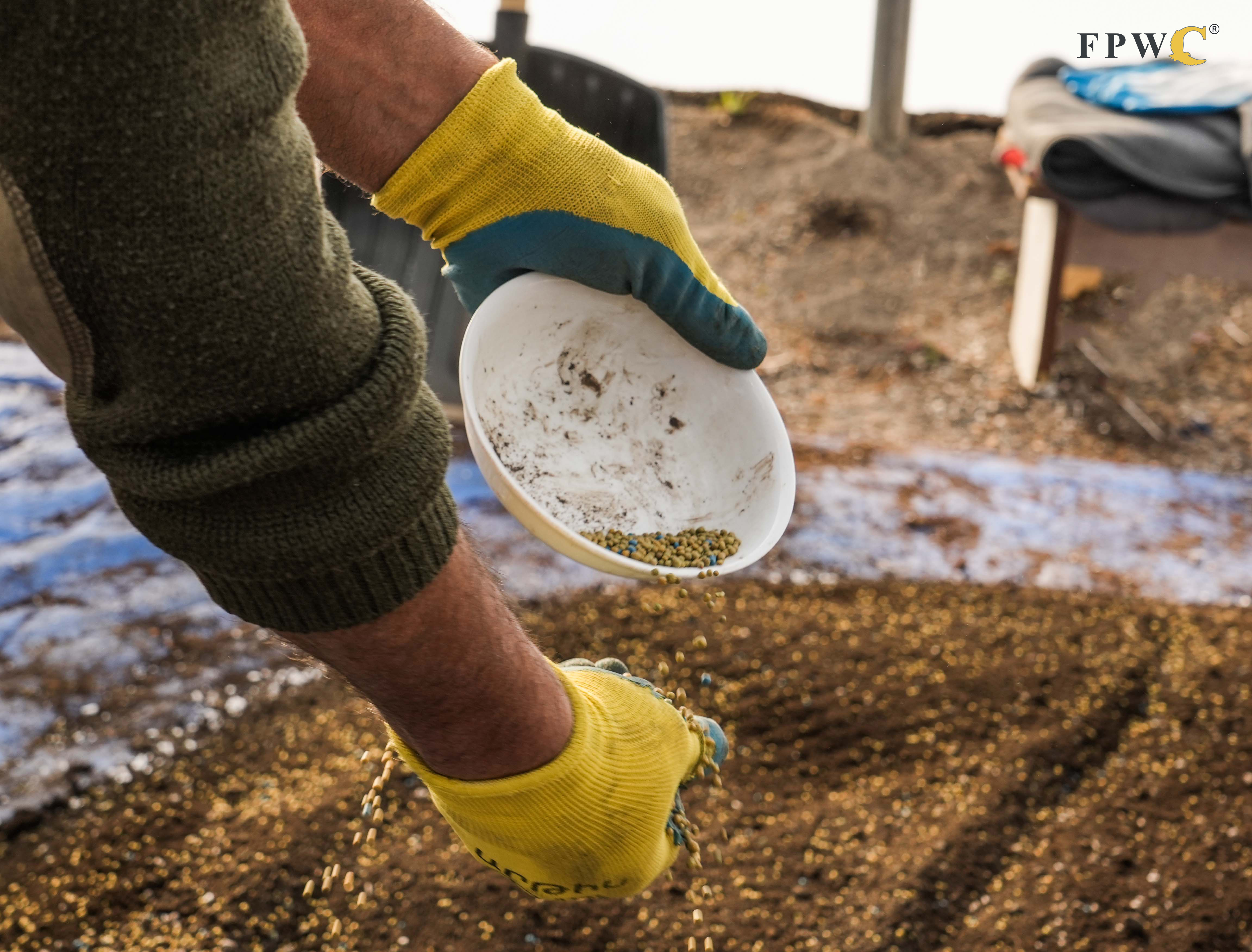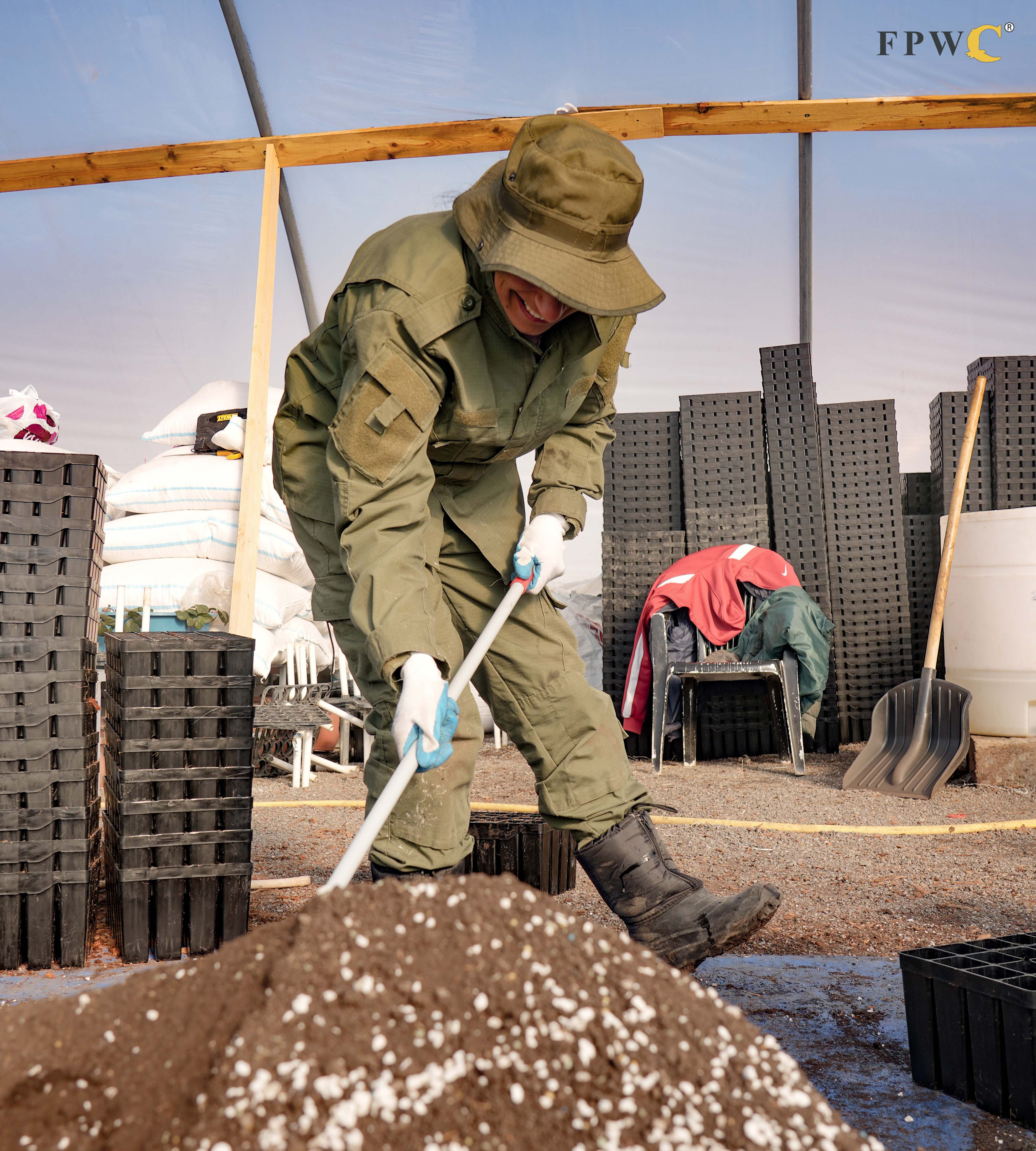Seedling Cultivation for 2025





Published on 16/01/2025
As we embrace the heart of winter in January 2025, our dedicated team at FPWC is deep into one of the most critical phases of the planting cycle—preparing seedlings that will thrive in the upcoming spring. This meticulous process begins during the coldest months, ensuring that each seed receives the optimal conditions needed to sprout and develop into healthy plants. In this blog post, we explore the comprehensive preparations involved in seedling cultivation, emphasizing the significance of stratification and the unwavering commitment of our team.
While autumn often signals the start of the planting cycle, the true foundation is laid during winter. Initiating seedling preparations in mid-winter allows us to align with the natural rhythms of the seasons, providing seeds with the best possible start. By commencing the seedling process during these colder months, we replicate the natural conditions many plants require to break dormancy and initiate germination as temperatures rise in spring.
A cornerstone of our seedling preparation is stratification, a process that exposes seeds to specific environmental conditions to trigger germination. Stratification typically involves a period of cold treatment, simulating the winter conditions seeds would naturally encounter outdoors. This process varies depending on the species, as different plants have unique requirements for successful germination.
Stratification serves to break seed dormancy, a natural safeguard that prevents seeds from germinating during unfavorable conditions. By subjecting seeds to controlled cold periods, we ensure they are primed to sprout as soon as the weather becomes conducive. This not only boosts germination rates but also promotes uniform growth, leading to healthier and more vigorous plants.
At FPWC, we employ a variety of stratification techniques tailored to the specific needs of each plant species. These methods include:
Cold Stratification: Exposing seeds to cold temperatures (typically between 1°C to 5°C) for a set duration, mimicking winter conditions.
Warm Stratification: Some species require alternating periods of warm and cold temperatures to effectively break dormancy.
Mechanical Stratification: Involves scarifying seeds by lightly sanding or nicking the seed coat to facilitate moisture penetration and germination.
Our team meticulously monitors each batch of seeds, ensuring that the stratification process is precisely controlled to meet the diverse requirements of various plant types.
During these winter months, our dedicated staff engage in several key activities to prepare seeds for the forthcoming planting season:
Seed Selection and Sorting: We begin by selecting high-quality seeds, sorting them by species, and assessing their viability. This step ensures that only the best seeds undergo the stratification process.
Soil Mix Preparation: Creating the ideal soil mix is critical for seedling growth. Our experts blend organic materials, nutrients, and appropriate soil textures to provide a nurturing environment for the seeds.
Planting Seeds: With the soil mix ready, our team meticulously places the seeds into containers, trays, or prepared beds. Precision at this stage ensures optimal spacing and depth, which are vital for healthy germination.
Monitoring and Maintenance: Even in the colder months, we maintain a vigilant watch over the seeds, monitoring moisture levels, temperature, and overall conditions to ensure that the stratification process proceeds smoothly.
All these preparatory steps culminate in early spring when the first signs of growth emerge. The seeds that have undergone proper stratification and have been nurtured in the right conditions are poised to sprout and develop into vigorous seedlings. This readiness allows us to capitalize on the warming temperatures and extended daylight hours, setting the stage for a productive growing season.
At FPWC, our approach to seedling preparation is rooted in sustainability and a commitment to quality. By leveraging natural processes like stratification and employing meticulous preparation techniques, we not only enhance the success rates of our plants but also promote environmentally friendly practices. Our team’s dedication ensures that each seed has the best chance to thrive, contributing to a healthy and bountiful ecosystem.



